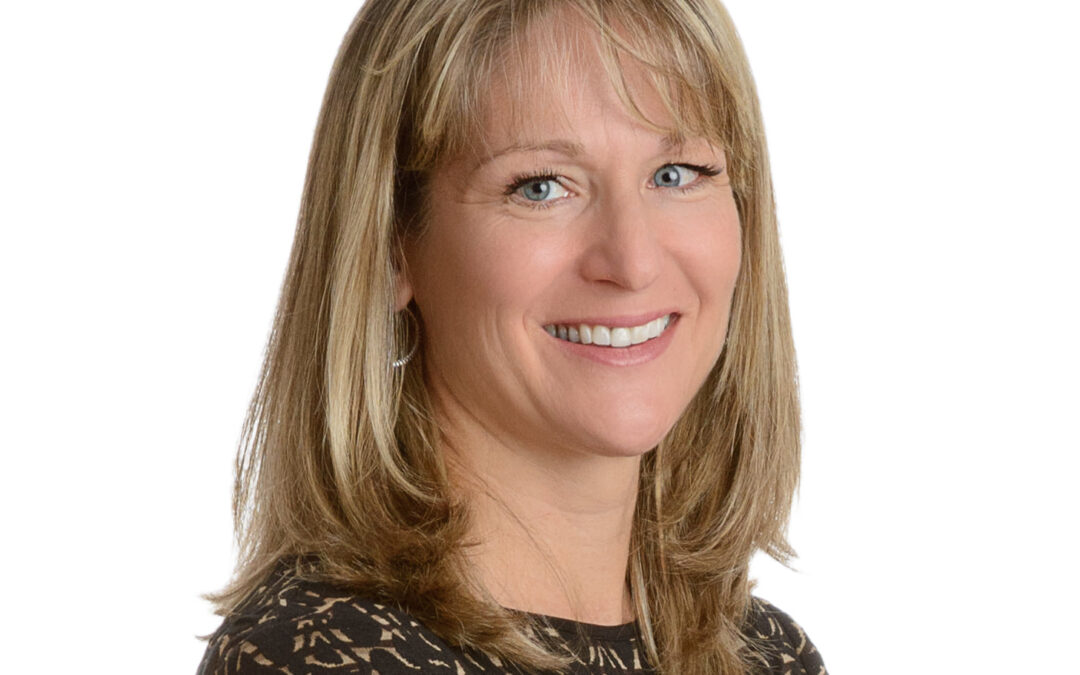Tillamook County Wellness was launched in 2016 as a “Year of Wellness” with a simple goal – to encourage people to make small changes to become healthier. After a successful kick-off year, the Wellness Advisory Committee decided to ride the wave of community support for this grassroots population health improvement initiative and set a ten-year goal to reduce the percentage of people in Tillamook County who were at risk for developing Type 2 Diabetes. This ambitious goal had one significant challenge. How would we track our efforts to determine if we were having an impact? We can’t measure what doesn’t happen. Or can we?
In 2016, the percentage of adults in Tillamook County living with a diagnosis of diabetes was 12%. In 2023, the same source for this data (County Health Rankings), reported Tillamook County rates at 8%. Another bright spot for comparison is that we began our journey with a health ranking in the bottom third of Oregon counties. Today we boast a #12 county health ranking status out of 35 ranked counties in the state. Anecdotally, we are making progress. More concretely, we have built more trusting relationships, established policies, programs and strengthened partnerships in ways that are making Tillamook County a healthier place to live, work, play, learn and age.
So, who is Tillamook County Wellness and what exactly are we doing to improve health and quality of life in Tillamook County? It’s all of us and it’s everything. This is what collective action looks like. It takes everyone thinking, working and living together intentionally in ways that promote health and well-being.
In 2023, 34 community and government organizations, businesses, schools, healthcare partners and many, many volunteers all worked together to move the dial on health. Grants were written and awarded for building a sustainable healthcare partner network, implementing a health literacy campaign and partnering to hold a bike rodeo where more than 30 bikes were given away to area families. Walking groups, led by volunteers, met weekly throughout the county. Hundreds of vegetable seeds were distributed so our local gardens can “Grow Well.” Free wellness classes were held in English & Spanish for everything from how to prevent and manage chronic diseases like type 2 diabetes to how to manage personal finances.
Upstream efforts to build more housing, increase the availability and affordability of childcare and expand education pathways for higher income-earning potential are just some examples of how partners are working to create the conditions for a healthier community. Changes to the built environment such as community walking paths, segments of the Salmonberry Trail and a bike pump track are other examples of work being done to make it easier for people to get and stay healthy. Area schools work with Food Roots to teach kids where their food comes from and how to cultivate and cook it. Nutritious recipes with easy-to-find, inexpensive ingredients are being shared and devoured based on the social media stats behind those shares.
The point here is that wellness is more than a number on the scale or a medical record. Wellness starts with people’s ability to have a safe place to live, healthy food to eat, an education that leads to a living wage job, a community that has adequate supports for mental health, addiction, and for families with loved ones experiencing disabilities or different abilities.
Often, when we think about the challenges that negatively impact community health, we wonder, “why isn’t someone doing something about this?” Working in community well-being for a decade, it is clear to me that much is being done and a lot of positive changes are resulting from those efforts. The organizations responsible for much of this work are often constrained by lack of funding, staff or volunteers. You can make a difference by making donations to your favorite charities, getting involved as a volunteer, and advocating for the good work within your family and peer circles. After all, giving back is good for your health.
Written By Michelle Jenck, M.Ed.,
To learn more, get involved and donate, visit www.tillamookcountywellness.org or email us at info@tillamookcountywellness.org.

